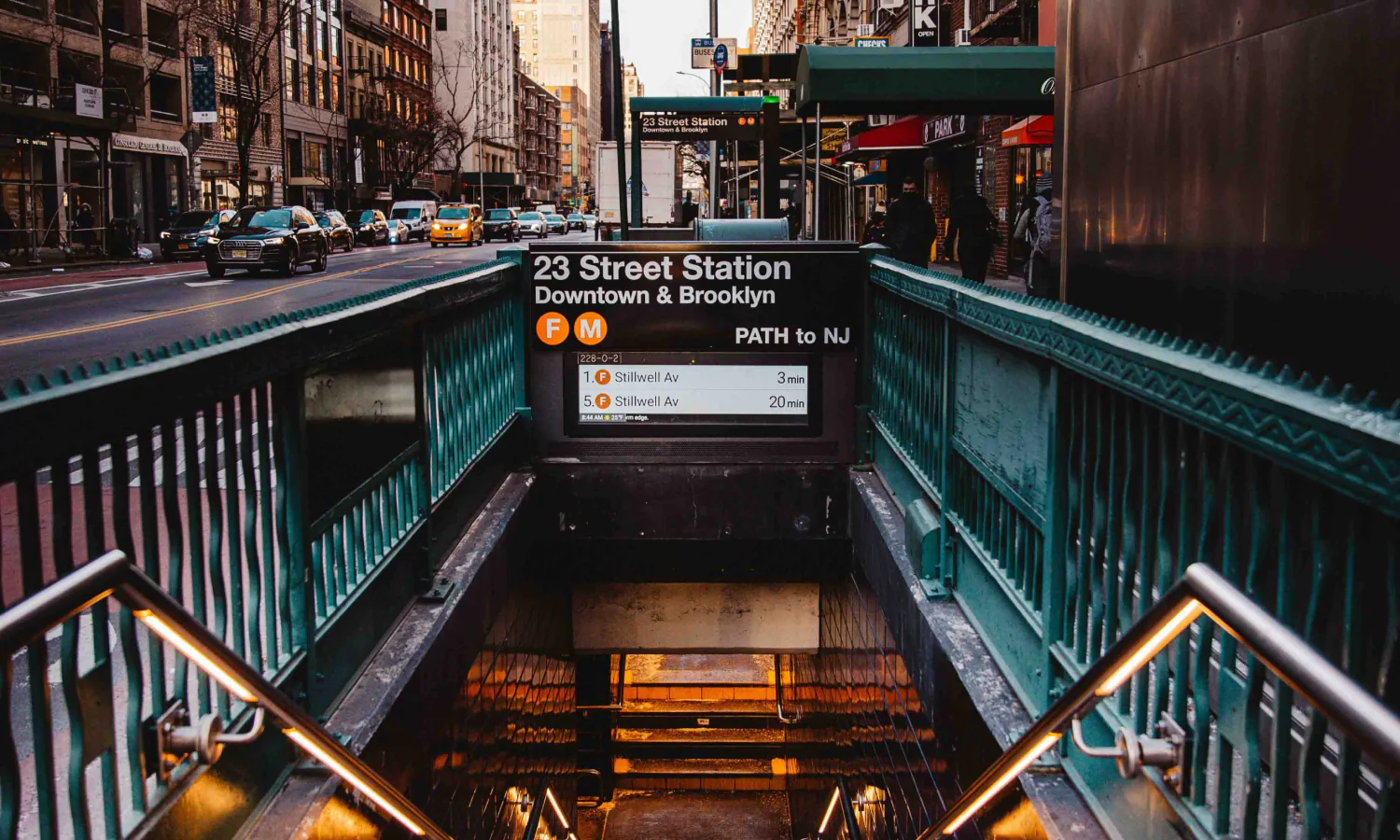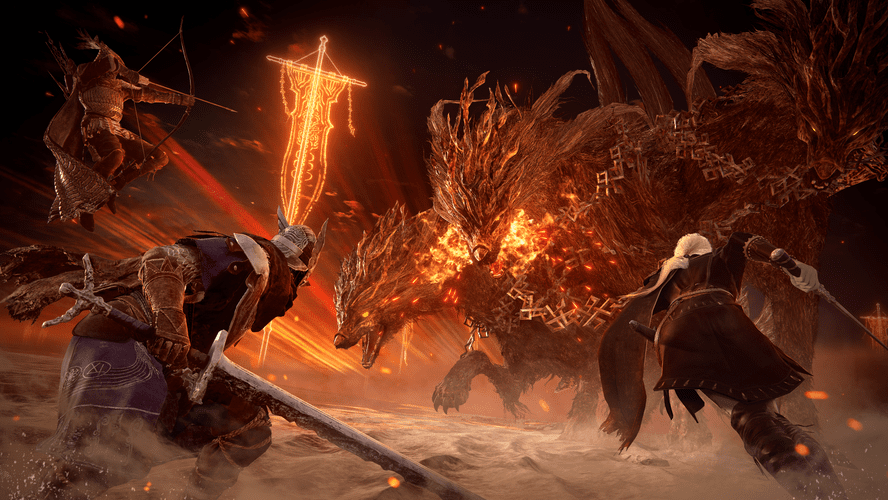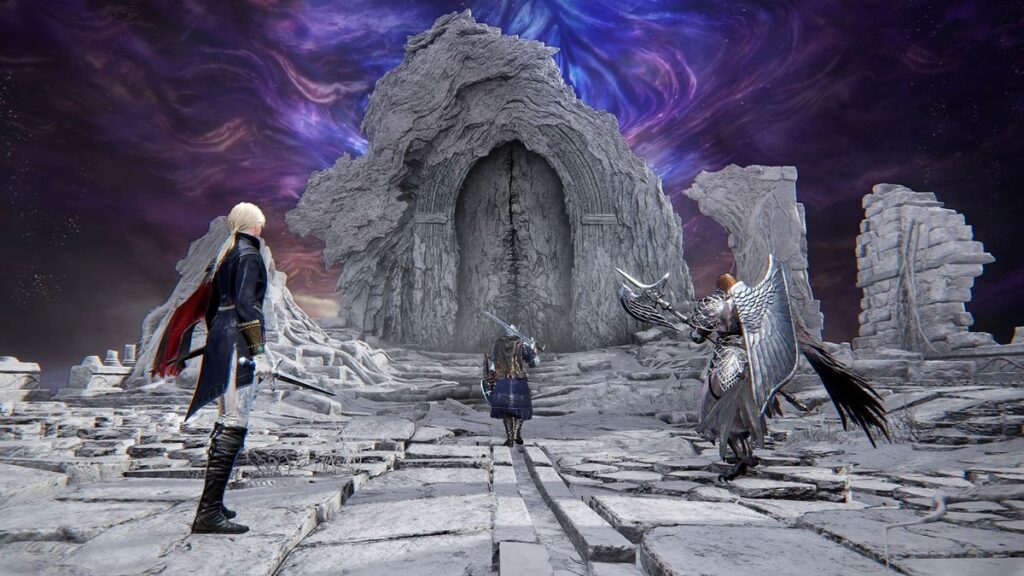
Newsletter Subscribe
Enter your email address below and subscribe to our newsletter

Enter your email address below and subscribe to our newsletter
Your Source for Game News and Guides

Elden Ring: Nightreign Network Test Review – A Surprise Success with Some Familiar Tech Hurdles ⚔️
FromSoftware’s Elden Ring: Nightreign has taken fans by surprise. The network test, which gave a select group of players early access to the game on PS5, PS5 Pro, and Xbox Series X/S, has already sparked widespread excitement ahead of its May 30 release.
With Soulsborne combat meeting Fortnite-inspired PvE mechanics, Nightreign feels like a fresh yet familiar evolution of Elden Ring’s open-world gameplay. But with this new spin on the formula comes with some technical challenges particularly in performance, optimization, and graphical fidelity.
Despite all its compelling rogue-like structure, the game still suffers from some of the same technical limitations seen in Elden Ring, raising questions about how well it will run on current-gen consoles at launch.
So how does Nightreign play, and how well does it run? Let’s dive into the details!
Also Read: Elden Ring Nightreign Will Get Post-Launch DLC – Here’s What We Know So Far

Nightreign brings a faster-paced, PvE-focused twist to Elden Ring, introducing rogue-like mechanics that make each playthrough feel unique and unpredictable.
Unlike the original Elden Ring, which is a long-form RPG with an open-ended progression, Nightreign is designed for shorter, high-intensity PvE sessions.
Your mission: Surviving two full in-game days in Limveld, a condensed remix of Limgrave featuring major landmarks from Elden Ring.
Game length: Each run lasts 40 minutes to an hour, making it more accessible than the original Elden Ring’s sprawling world.
Final boss battle: If you and your two allies survive, you will face one of eight powerful Night Lords available in the beta.
To accommodate this new rogue-like structure, FromSoftware has made some major adjustments to traditional Souls mechanics:
✅ Mantling & No Fall Damage: You can now climb obstacles and survive falls from any height—a significant departure from the punishing fall damage of Elden Ring.
✅ Unlimited Sprinting: Stamina management is no longer an issue while sprinting, making exploration and combat movement feel smoother.
✅ Simplified Leveling System: Instead of manually upgrading stats, leveling up increases all attributes in a predefined way, streamlining progression.
✅ Death Penalty: Dying causes you to lose a level upon respawning, making each encounter a high-stakes decision.
These tweaks speed up gameplay, making Nightreign feel more dynamic and intense than its predecessor—while still preserving the weight and strategy of Soulsborne combat.
Also Read: Elden Ring Nightreign: Everything You Need to Know
Visually Nightreign is built on Elden Ring’s existing engine, and while it retains FromSoftware’s signature art direction, it also inherits some of its predecessor’s technical struggles.
The Two Performance Modes:
1️⃣ Quality Mode: Fixed 4K resolution (PS5 & Series X), 1440p (Series S)
2️⃣ Frame-Rate Mode: Dynamic scaling from 1512p–4K (PS5 & Series X), 1008p–1440p (Series S)
However there are noticeable compromises between the two modes:
Quality Mode:
Frame-Rate Mode (Recommended):

One of the biggest surprises from the network test was the lack of PS5 Pro optimization.
Despite launching months after the PS5 Pro’s release, Nightreign doesn’t officially support Sony’s mid-gen upgrade. That said, the PS5 Pro’s higher GPU clock speeds still provide some improvements:
✅ Higher native resolution in frame-rate mode (hits 4K more frequently than base PS5).
✅ Slightly better frame-rates in quality mode (averages 45-60fps instead of 35-45fps).
✅ Shadows and textures remain unchanged from the base PS5, as settings are locked at a software level.
While PS5 Pro users benefit from smoother performance, it’s disappointing that FromSoftware didn’t release an official patch to take full advantage of the hardware.
The Series S faces the biggest compromises in both image quality and performance:
Resolution dips as low as 1008p in frame-rate mode, making it less sharp on 4K displays.
Shadow quality is cut even further, making lighting look noticeably flatter than on PS5/Series X.
Quality mode runs at 30-40fps, but frequently drops into the mid-20s in open-world areas.
While the Series S version is still playable, performance suffers significantly compared to its more powerful siblings.
Also Read: Elden Ring Weapons Guide – Everything You Need to Know!
To get a fair comparison, we tested Nightreign in a controlled area (Roundtable Hold) before testing it in Limveld’s open world.
PS5 Pro: 55fps average
PS5 / Series X: 39fps average
Series S: 35fps average
PS5 Pro leads in frame-rate stability, while Series X and PS5 perform similarly, and Series S struggles the most.
PS5 & Series X (Quality Mode): 35-45fps, but can drop into the 20s during boss fights.
Series S (Quality Mode): Mostly 30-40fps, often mid-20s in demanding scenes.
PS5 Pro (Quality Mode): 45-60fps, but still has occasional dips to 40fps.
Frame-Rate Mode (All Consoles): Typically 55-60fps, with VRR helping smooth out drops.
The Elden Ring: Nightreign network test has exceeded expectations, offering a faster-paced, multiplayer-driven Souls experience that retains the heart of the original game.
Gameplay: A successful fusion of Soulsborne combat & rogue-like mechanics.
Performance: Frame-rate mode is the best option, but 60fps isn’t fully locked on any console.
Technical Limitations: Lack of PS5 Pro optimizations and Series S performance struggles.
✔ PS5 Pro or Xbox Series X with VRR enabled on frame-rate mode.
With its May 30 release approaching, we’ll be watching to see if FromSoftware improves optimization before launch. Until then, Nightreign remains an addictive, high-risk, high-reward Souls-like adventure worth keeping an eye on.
Also Read: Elden Ring Guide: How to Complete Ranni the Witch’s Questline